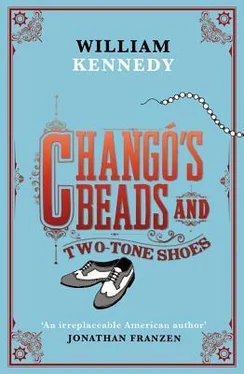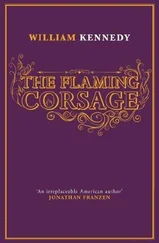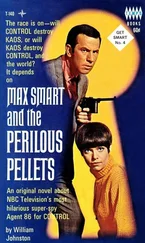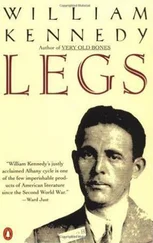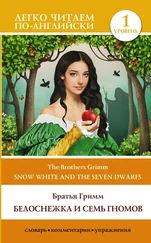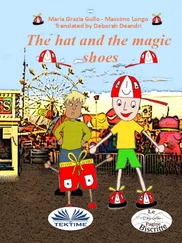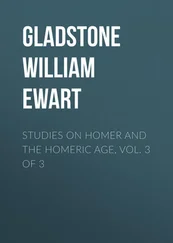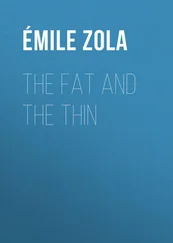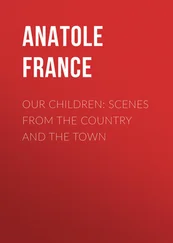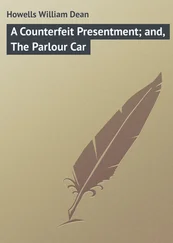Arsenio, an essential figure in the revolution’s strategic defense in the Sierra, had accumulated not five to ten wives but twenty, and at last count, seventy-five children. He was forty-one but from the rugged life in the Sierra he looked sixty to Quinn, a long, wrinkled face, a full head of hair whose blackness had survived climate and age, with eyebrows and mustache more gray than black, the tash not cultivated but under control, perhaps a vanity marker, or a less intrusive brush for his harem. He wore a battered black leather hat, not quite a fedora, and smoked a dark brown cigar.
He had been born on the seven-thousand-acre Holtz estate in a small village of Precarista squatters that two generations of Holtzes had never tried to remove. He began as a young cane-cutter and laborer for Holtz padre, became a cane truck driver, grew into a leader of his village by his late twenties. Smart and aggressive, revered and feared as he was, he evolved into an anti-poverty outlaw. Many of the Precaristas were illiterates who lived without electricity or running water, and their villages served as sanctuaries for outlaws. Quinn would hear the region compared to the wild west in America, which his grandfather had written about in the years after the Civil War.
Before Fidel arrived in Oriente with his eighty-two expeditionaries Arsenio was already an ally, and had hunkered down in Niquero for two days with a hundred men, and trucks loaded with guns and supplies for the invaders. But the fate of the invaders was not to land at Niquero but to sink into a swamp near Belic. Most of them were quickly shot on the run by Batista forces, but Fidel eluded the troops and made it to the Sierra with Che Guevara, then his brother Raúl, and in short order a dozen altogether, with Arsenio’s banditry and leadership at his disposal. Arsenio knew every peasant who had food, knew where to find water, knew every road, and roads that were not roads, every impasse and cliff. He offered Fidel a hundred men but without arms, and Fidel was grateful, but who needs the gunless in battle? He accepted a few helpers from Arsenio; and the outlaw chief also put three of his sons to work with shotguns as escopeteros , robbing travelers to feed the rebels.
When Holtz called Moncho to have someone meet his plane with the guns, Arsenio was the man, and he and three others were alongside when the plane stopped on the grass runway. In ten minutes they had offloaded guns and ammo onto an old Dodge truck. Within twelve minutes they were rattling over a narrow road through a cane field into the dense brush of the forest’s edge into a village where a dozen or, if necessary, two dozen human mules would backpack the weapons up to the lofty, new Cuba Libre.
In the sugar mill Holtz told the pilgrims to wait and he walked to Arsenio and asked did he want to talk to the visitors. Arsenio said no, who are they? I heard of a periodista who claimed to be married to my cousin but I have no such cousin.
Holtz, who knew nothing of what Quinn had set in motion in La Marea del Portillo, said no, she’s my cousin, Renata Suárez Otero, very close to the family for years. From Havana, and she worked with the Directorio. Those guns we just flew here, she sent. She had also negotiated with Alfie for guns for the Directorio but now most of her Directorio friends are dead. She wants to join the revolution here. She is a brave woman.
“Women can do some things,” Arsenio said, “but there are few here, very few. I will ask about this.”
“Alfie Rivero is also here and he really is your cousin, no?”
“Yes,” said Arsenio, ”and sometimes I trust my cousins.”
“He says he can get many guns for Fidel,” said Holtz. “He’s connected to Mafia people in Miami and he has airplanes. He knows guns and he will do anything.”
“We will talk with him about the guns,” Arsenio said.
“The periodista Quinn, all he wants is to interview Fidel.”
“Is that all?” said Arsenio.
“Will Fidel see any of them?”
“I will know tomorrow.”
“Is there a plan? Will we go toward the mountains?”
“If the answer is yes then Moncho will know the place. He will tell you.”
“Should all four of us go? Are we too many?”
“It makes no difference. It is dangerous, no matter how many. Not all of this group will go to Fidel.”
“How many army checkpoints where we’re going?”
“Who knows? They keep moving them.”
“I assume we should have a good reason for going.”
“The army asks who you are and why you are here and where you are going.”
“I can say I’m on business, buying land that was part of an old sugar mill.”
“There are no mills where you are going.”
“Then you know where we’re going.”
“I know where you might be going.”
“What about a family gathering? Quinn has the idea of doing an actual wedding celebration to marry Renata and he wants a babalawo and a Catholic priest to perform the ceremony. Alfie and I would be the bride’s relatives, and Moncho actually is a relative — he was married to Renata’s sister. Marriage seems like a good reason for going someplace. I do like the idea.”
“Is this a real marriage?”
“Quinn wants it to be. I don’t know if Renata wants it.”
“I like the marriage.”
“I know. You do it often.”
Arsenio dropped the stub of cigar he was chewing on and took a new one from his shirt. He put it in the corner of his mouth but did not light it. He stared at the pilgrims who all wanted to go to see the hero.
“Moncho will come here tomorrow,” he said. “You follow him in your car. The mafioso will go with me. Your cousin está muy buena .”
“You have a fine eye, Don Arsenio.”
Arsenio nodded at the pilgrims and walked out of the mill.

Quinn may or may not be about to meet with Fidel Castro and is now in the midst of the waiting game Fidel plays with visitors. He is in the main room of a house in Los Negros, a crossroads village near the northern foothills of the Sierra, where Moncho had led him and the other pilgrims from Palma Soriano. They passed two army checkpoints without trouble, Moncho explaining they were going to a wedding and the bride and groom are in the car behind me. The soldier inspected the Buick Quinn was driving and Renata said yes it’s true, and showed him her grandmother’s wedding ring that she would be wed with, and the soldier waved them on.
Quinn, waiting for Fidel — is now into his sixth hour in this house which belongs to one of Arsenio’s fifteen or twenty mujeres , wives of a sort. This wife lives here with two of her four daughters — and Quinn is witnessing an impromptu prelude to his wedding, a Santeria dance ritual, organized for Renata, that will, he hopes, lead into a divination, the calling down of one, maybe two Orishas who might hint at the destiny of the bride and groom, or offer a prognosis of the marriage, or faux marriage, whichever it is. Quinn hasn’t quite got a handle yet on the details of either the divination ritual or the marriage, but he’s getting there.
The ritual is being enacted by two principals brought here by Moncho — Ezequiel, who is playing the tambor beta, or sacred drum, and Floreal, who belongs to Ezequiel and is a Santera, a priestess of lesser station than a babalawo but empowered to invoke the Orishas. Floreal is singing as she dances barefoot, a chanting singsong in Yoruban verse evoking one of the hundreds of mysteries of Ifa, which is a belief system, a method of divination, an all-encompassing myth of the history of the universe. Her song is melodious despite the limited range of the music. She is wearing a head wrap, something like a turban but also like a crown, and she is floating her great blue skirt, another blue skirt beneath it (blue because that is the color associated with Oshun, the Orisha with whom Renata wants to commune). Floreal dances with graceful twirls and revolutions, with arcs of her body and subtle rhythms of hips, arms, and shoulders akin to the moves of the mambo, but a subdued mambo, elegant in twist and thrust.
Читать дальше
